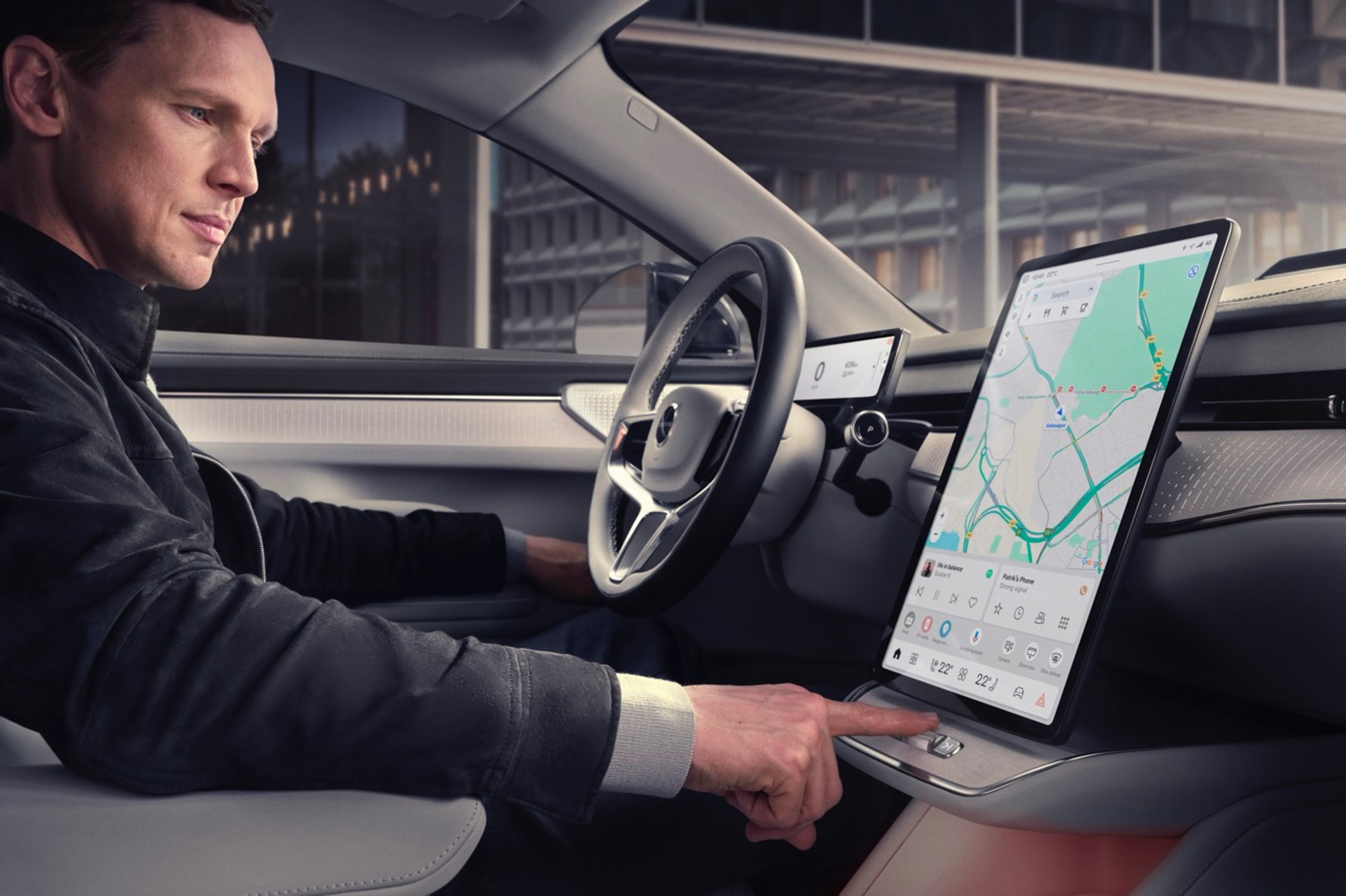
Manage fleet fuel costs for combustion engine cars for improved cost control.
Discover FleetStory
At Volvo Cars, we are firm believers that electric cars are the future. However, petrol and diesel cars still play a role in many corporate fleets. Minimising fuel bills can be key to control costs.
Fleet

Manage fleet fuel costs for combustion engine cars for improved cost control.
Discover FleetTo really reduce a fleet’s fuel costs, it’s essential to take action – and spark dialogue. When both drivers and fleet managers understand how minor adjustments can lead to major savings, real progress can be made. Below are practical strategies that can help both groups contribute to lower fuel expenses.

Fleet managers can drive fuel savings through smart strategies and open dialogue.
Review fuel card usage
Fuel cards can help control spending, improve cashflow and simplify accounting. However, as employees change roles or leave, it’s important to ensure fuel cards are only being used by those who are entitled to it.
Monitor fuel card data
Fuel cards alone won’t manage costs. Make spot-checks to ensure the fuel used aligns with tank capacity and mileage covered.
Reimburse real fuel costs
While fixed mileage rates are convenient, reimbursing actual fuel expenses is fairer and more accurate for business travel. This approach relies on detailed records of fuel use and journey distances.
Make it a fun game
No one wants to be at the bottom of a leaderboard. Use consumption data and telematics to gamify fuel performance – motivating drivers to adopt more efficient habits.
Train drivers in efficient driving
Drivers play the biggest role in fuel efficiency. Harsh acceleration and braking waste fuel, while smoother driving reduces it. Even without telematics, regular reminders and coaching can motivate better habits.
Electrify your fleet
Electricity is often significantly cheaper per kilometre than fossil fuels, making electrification a smart long-term investment for your fleet.

Cutting fuel costs at the wheel as a company car driver.
Make every drop matter
An extra kilometre can't make that much of a difference you may think, but in the end they add up. By using route planning tools drivers can cut fuel costs by avoiding traffic and choosing the shortest, most efficient paths.
With a new company car from Volvo, Google Maps will help find the best route to the destination.* Simple in-car navigation will also reroute the driver based on the latest traffic updates.
Reduce speed
Easing off the accelerator can significantly reduce fuel consumption. It can also make the road safer. Lower speeds give drivers more time to react, can reduce the severity of accidents and help protect other road users. Slowing down is a simple step to help avoid accidents, save energy and reduce emissions.
Use cruise control
Acceleration is fuel-intensive, so use cruise control to maintain a steady speed and cut consumption.
Shift up sooner
In cars with a manual gearbox, driving in lower gears for too long increase fuel consumption. Shifting into higher gears earlier will help reduce fuel use. In cars with automatic transmission, the selected drive mode can influence fuel consumption. Choose ‘Eco mode’ or similar drive mode available and the car will perform earlier upshifts.
Look ahead
Anticipating traffic flow can help the driver ease off the accelerator smoothly – especially before junctions or roundabouts.
Do not idle
When not moving forward a vehicle burns fuel and creates emissions. Make sure that the car’s start/stop function is activated for automatic engine shutdown and restart at standstills.
Keep the right pressure
Regularly check the tyre pressure as tyres that are underinflated increase fuel consumption. For Volvo company cars, complimentary pressure checks are commonly offered at Volvo workshops.
Nice and easy on air con
Using air conditioning puts extra load on the engine, increasing fuel consumption. By switching off the A/C and open windows in slow-moving traffic the driver can help conserve fuel. In cars with automatic climate control, the Auto function provides a good balance between comfort and energy efficiency where the A/C is only used when needed. Also make sure that the set cabin temperature is not unnecessarily high or low.
Travel light
Carrying unnecessary tools, equipment, or spare parts adds extra weight to vehicles, leading to higher fuel consumption. Only bring what’s needed for the work day to help keep the company car lean and efficient.
* Google, Google Play and Google Maps are trademarks of Google LLC.